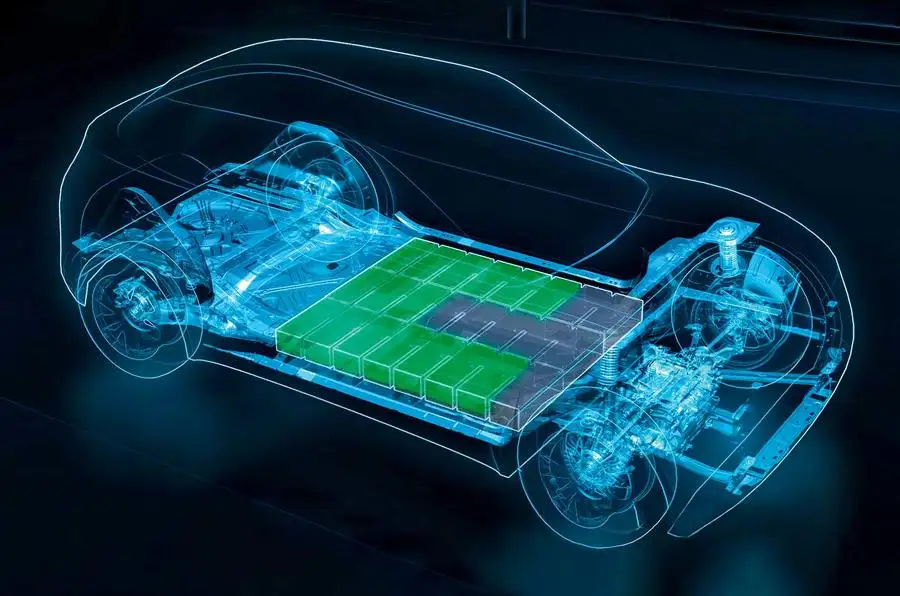Ibis project uses package-friendly microinverters to reverse current and remove need for on-board charger.
Sometimes the simplest ideas are hiding in plain sight, ready to make already relatively simple engineering, like the EV, even more so.
‘Simple’ compared with ICE, because it loses the complexity of the four-stroke engine’s fuelling and exhaust systems and increasingly complex emission-treatment paraphernalia.
And ‘relatively’, because although EVs are mechanically much simpler and have no need for catalysts, complex transmissions or even an exhaust, the science and electronics behind them is pretty advanced stuff.
Stellantis recently revealed that it has been collaborating with battery manufacturer Saft on a project called the Intelligent Battery Integrated System (Ibis). It’s aimed at reducing the number of an EV’s components even further by approaching existing battery technology in a slightly different way.
EV powertrains are generally made up of the same building blocks. There’s the battery, which stores and must be charged by direct current (DC) electricity. The electric motors are powered by alternating current, like a household supply, so there’s an inverter per motor to convert AC to DC and vice versa.
The powertrain also has an on-board charger that takes the AC current from the grid and converts it to DC to feed the battery.
EV batteries are more properly called battery packs, because they’re made up of sometimes hundreds of small, low-voltage, lithium ion cells. But rather than being all connected together in the pack, the cells are arranged into modules. So while a battery may generate 400V or 800V, the voltage of an individual module may be as low as 11V, depending on the pack’s size and design.
The Ibis project has taken a leaf out of photovoltaic systems to cut down the hardware in an EV. Solar power generation systems consist of a number of solar panels producing DC electricity, like a battery, which is fed to a single inverter to convert to AC. An alternative is to use multiple microinverters converting the DC electricity to AC as it leaves each individual panel.
The Ibis project has taken a similar approach. Each battery module has a microinverter embedded in it along with a charger, doing away with the need for an on-board charger and a high-voltage inverter (or inverters if there’s more than one drive motor).
As a whole, the complete battery pack produces AC current, not DC, ready for the motor. Stellantis reckons this approach will benefit small EVs, where space is at a premium. It’s also said to be cheaper, perhaps because a number of smaller charger and inverter electronics cost less than the high-voltage equivalents they’re replacing.
Ibis is potentially another example of innovative thinking improving the breed. At the same time, it might not prove compatible with other concepts, such as Volkswagen’s aim to fit individual cells directly into the chassis of the car (‘Cell2Car’).




